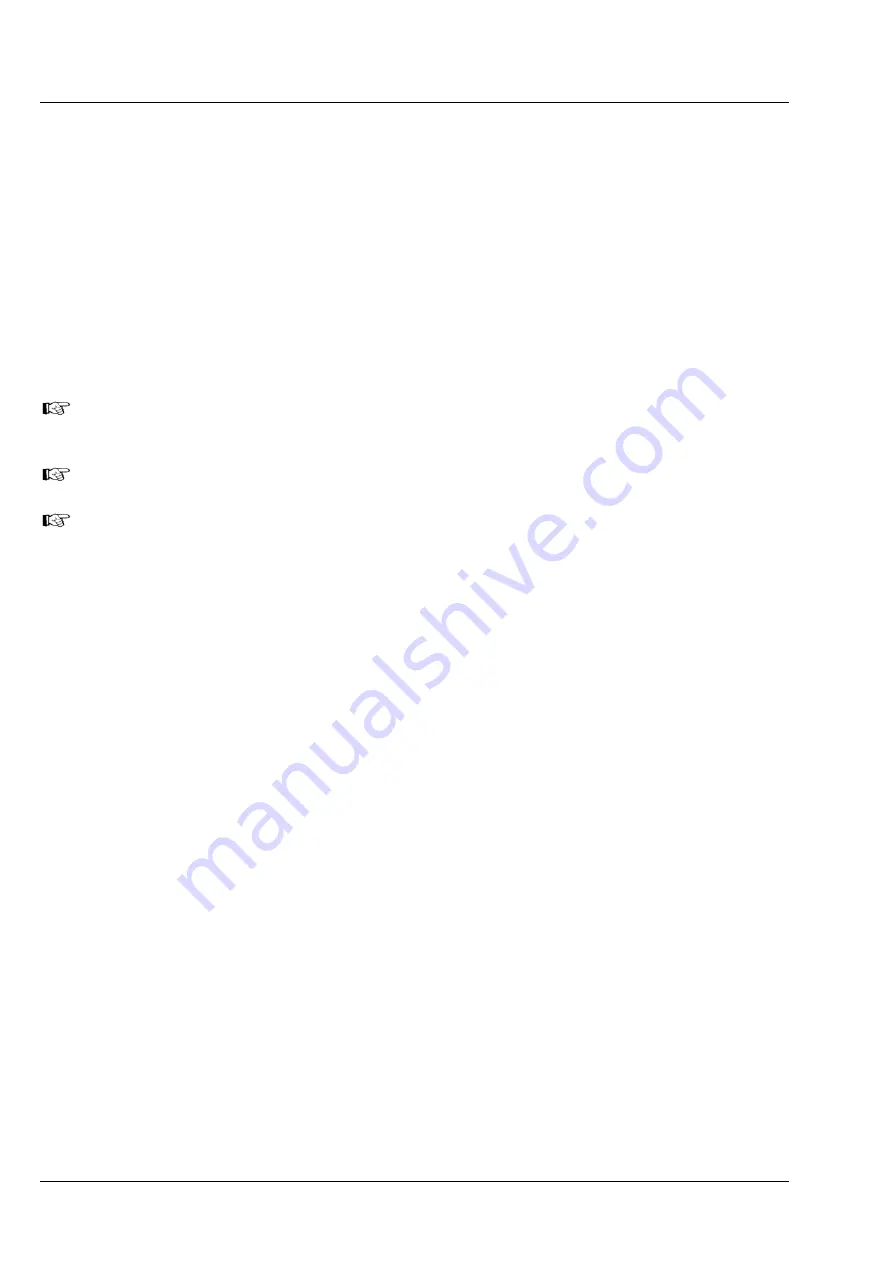
CONFOCOR
3
Carl Zeiss
Action Buttons
ConfoCor 3
88 M60-1-0025
e
02/2010
•
This will open the data files or images in new
Image FCS Diagrams
or new
Image
, respectively, in a
new Container. Note that the FCS and image will be loaded into different diagrams.
The
Image FCS Diagram
consists of for data layers:
−
FCS Correlation
−
FCS Coincidence
−
FCS Fit
−
FCS Print
Each layer will display the data as they were stored last. As default, the first layer
FCS Correlation
will be
displayed. Select other layers by pressing the corresponding tabs.
If a file format is loaded that is not recognized by the ConfoCor software, an empty
Image FCS
Diagram
will open.
If a corrupted .fcs or .raw data file is loaded, an empty
Image FCS Diagram
will be loaded.
If a .fcs data file is associated with .raw data files, raw data files will be loaded in the
Image FCS
Diagram
as well.
9.12.2.2
FCS Correlation
Click on the FCS Correlation tab to activate the FCS Correlation display mode (Fig. 87).
The
FCS Correlation Diagrams
display graphic curves including
Count Rate
,
Correlation Function
G
(τ
)
,
Pulse Density Histogram
(Photon Counting Histogram) and
Pulse Distance Histogram
. It also
displays the
Result Table.
A scrollbar at the bottom of the diagram allows to view the content of the
displayed window in case it is to small to show all data within the Container size.
Choose the single diagrams you want to display by activating the corresponding buttons in
Diagrams
of
the
Options / Correlation Diagrams
field. Selected diagrams will be highlighted in blue. By clicking on
the appropriate button, the diagram can be toggled between
ON
and
OFF
.
The
FCS Correlation Diagram
can be horizontally and vertically expanded by closing the
File Handling
Area
and by pressing the downward pointing arrowhead beneath the Table scrollbar. The arrowhead will
point upwards and pressing it again will restrict the vertical extension of the diagram again. The size of
the single diagrams and the table can be matched as required by moving the border lines. Click on the
border line, hold down the mouse button, move the line in the required direction; and release the mouse
button.






























